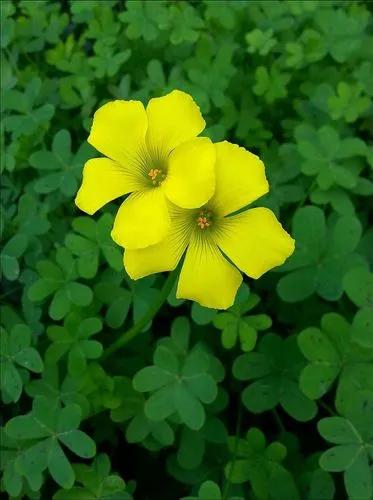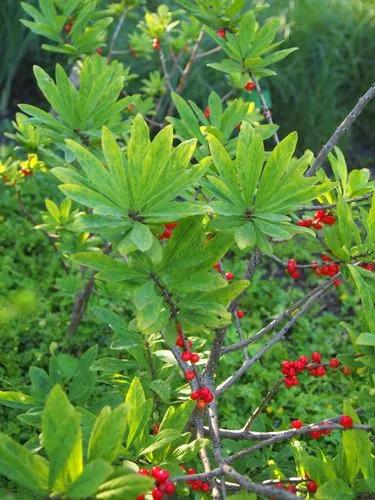The Meadow Sage is a popular and easygoing plant that can tolerate a wide variety of conditions. It’s hardy, drought-tolerant, and fast-growing, which makes it a great addition to cottage gardens.
Meadow Sage Care
Salvia pratensis



Salvia Pratensis, also known as “Meadow Sage,” “Wild Sage,” or “Meadow Clary,” naturally grows in meadow-like environments. The plant is native to Europe, West Asia, and North Africa. It’s naturalized in the US and is even considered a weed in Washington stage.
This plant can be a true eyecatcher, reaching 23-36 inches (60-90cm) tall and 12-24 inches (30-60cm) wide. Meadow Sage features tall, spiked purple-blue blooms that flower from late spring to early summer. The blooms are praised for attracting pollinators like bees and butterflies.
How to Care for the Plant

Container

Meadow Clary is a great plant to grow in containers. A pot of at least 8 inches (20cm) deep and wide is sufficient. As they are fast growers, you will likely need to repot this plant yearly. As soon as you notice roots poking through the bottom, it's repotting time.

Fun fact

The plant’s botanical name, ‘Salvia Pratensis,’ is derived from the Latin “Salveo,” which means “to salve.” This is like a reference to the plant’s healing properties and abilities. Ancient Greeks and Romans actively used it for healing purposes.

Popularity

1,946 people already have this plant 480 people have added this plant to their wishlists
Discover more plants with the list below
Popular articles






